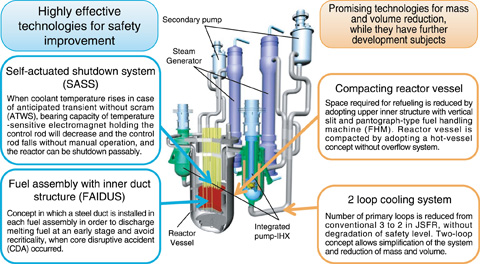
Fig.2-2 JSFR innovative technologies draw the attention of Electricité de France
We are pursuing the international standardization of the Japan sodium cooled fast reactor (JSFR) concept that has a high safety level. For this purpose, we have concluded an arrangement for technical cooperation on sodium cooled fast reactors (SFR) with Electricité de France (EDF) and carried out exchange of information. Under the framework of this cooperation agreement, EDF reviewed the innovative technologies adopted for the JSFR design from the perspectives of an investor and operator of future French commercial SFRs.
EDF remarked that the technologies related to safety shown in Fig.2-2, including the self-actuated shutdown system (SASS) and the fuel assembly with inner duct structure (FAIDUS), are potential technologies for safety enhancement based on reliable experimental results, and could be effective for commercial SFR safety enhancement.
In the past, a passive safety system (the auxiliary shutdown system) with a function similar to that of the SASS, was developed in France and installed in the French SFRs Phénix and Superphénix, but a reduction in the electromagnetic bearing capacity was observed over time, and the possibility of an unexpected fall of the control rod was feared. Development of the SASS adapted to the JSFR was done with extensive experiments, and the appropriate electromagnetic material was selected on the basis of past experiences. The performance of the SASS structural material under elevated temperature, the stability of the bearing capacity over an extended period, and the response characteristics were confirmed. An irradiation test of the SASS was conducted in the Japanese experimental SFR Joyo under actual reactor-operation condition and neutron fluence corresponding to 60 years of use in a large-scale SFR, and the stability and reliability of the SASS were demonstrated. Given this background of recent developments and experimental results in Japan, JAEA and EDF will continue the exchange of technical information regarding the application of the SASS in future SFRs.
Concerning FAIDUS, EDF remarked that the FAIDUS concept is a potential system for avoiding re-criticality in the case of a core disruptive accident. Its effectiveness was confirmed via an in-core test conducted by JAEA in the impulse graphite reactor (IGR) in Kazakhstan.
In addition, EDF remarked that the technologies for compaction of the reactor vessel and for system simplification in the JSFR design could be effective for mass and volume reduction, and that further development of these technologies is worth pursuing.
We will continue our discussions with EDF, including comparison of technologies and perspectives on safety baselines in order to gain a mutual understanding in anticipation of achieving safety improvements for future SFRs.
<Previous: 2 Research and Development of Advanced Nuclear System | Next: 2-2 >